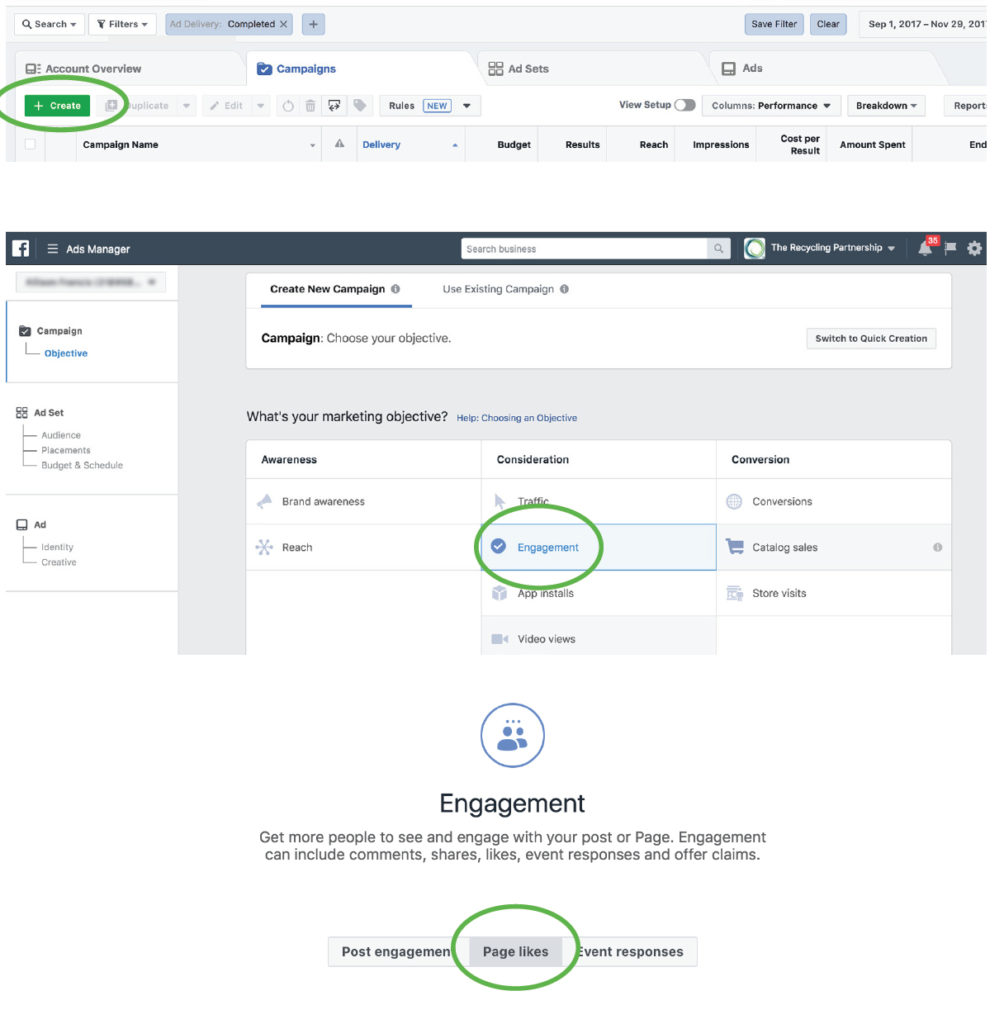Have you noticed that you see more posts from certain friends or family members on Facebook? This ever-running string of content is called the news feed. If you see more content from your sister than your college roommate, that is Facebook’s algorithm in action. When you comment on and “like” your sister’s posts regularly – Facebook will continue to share her posts with you.
Facebook’s algorithm has always managed what users see. In January 2018 Facebook announced significant changes to their algorithm. They promised that people were going to see more posts from friends and family and fewer posts from businesses, brands and the media.
What does this change mean for local government Facebook pages? And how do you increase the chances that your post will appear in the news feed? A good first step is learning how Facebook is rating posts.
Spark Conversations
Facebook is looking for meaningful interactions, but how does Facebook know if posts are meaningful?
Facebook is primarily looking at 3 things to make this decision.*
- Comments. Are people commenting on a post? Are there multiple replies to comments on the post? The number of comments may be the single most important factor in determining whether your post makes it into the news feed.
- Sharing. Are people sharing the post – publicly or privately? After it is shared, is it are people commenting on it. Sharing is the second most important factor Facebook will use to determine a post’s value.
- Reactions. Are people clicking on like, heart, etc.? How many reactions a post gets isn’t nearly as significant as the first two, but still an important indicator.

Unfortunately, directly asking people to “comment on” or “like” a post won’t work. It isn’t a meaningful interaction, and looks spammy to people. This is technically called “engagement bait”. If Facebook sees this on your page, your posts will likely be demoted. “If you use engagement bait tactics in posts on your Page you should expect their reach on these posts to decrease.”**
If you have a post that receives little to no engagement, don’t repost it. Repeatedly posting things with few comments, shares or reactions will make it harder for your other posts to succeed.
Organic (unpaid) posts can still work, but you’ll need patience and lots of comments and shares. What to do? Paid posts. Beyond speeding up engagement, paid posts offer other benefits. Let’s take a look.
Paid Facebook Advertising
Does paid social advertising work and what can you expect?
Social media can be an engaging tool to connect with residents (and many residents expect local programs to have social profiles). It is estimated that 75 percent of U.S. adults are on Facebook, but unless Facebook changes their methods, only about 2 percent of viewers see unpaid posts from accounts they follow. What does that mean for you? It will take some sort of investment in Facebook advertising to get your content on users’ news feeds.
I wish I had a budget for social media, but I don’t.
Try it out before requesting a budget. Boost a post for $25-$50. Share the results with your leadership, and that might help you get the budget support you are looking for. Many elected officials want city programs to take advantage of social media.
Logistically – how do you pay for posts?
Some local governments use a city credit card attached to the ad account. Some use pre-paid credit cards attached to an ad account.
TIP: Download an invoice at the end of the month instead of gathering all the receipts from separate campaigns.
Smart Spends
There are two great ways to get your messages in front of more of your residents.
- Run ads to gain more followers on your page. Every time you post something, paid or unpaid, more residents see your content.
- Promote posts that are performing well so more people see them.
Both tactics support the overall goal of reaching more residents. After several years, you may be able to drop the ads to promote your Facebook page. Facebook pages with a small number of followers will want to devote a portion of their budget to grow their audience.
A $2,000 budget would be great, but maybe you aren’t there yet. If you have $200 – what’s the best way to spend it? Invest half in increasing your page likes and the other half in boosting particular posts. This way you’re investing in today and tomorrow.
$200 Annual Budget
• $100 page likes ads
• $100 boosting posts
$16.66 Monthly Budget
• $8.33 a month on one ad asking people to like your page (see next page)
• $8.33 a month on boosting one post
And if you could allocate $2000 a year, that would allow you to run more page likes ads and boost more posts, reaching more residents.
Creating an Ad to Increase Page Likes

- Go to the Ads manager > create an ad
- Select Engagement for your objective > pages likes
- Define your audience
Location, Age range, Gender
Demographics and interests: Consider targeting single-family homes if you do not service recycling in multi-family homes
Exclude people who already like your page - How much could it cost to gain followers? It is typical to see costs between $0.25 – $0.40/person, but it can be as varied as 0.10 – $1.00.
- Next, select automatic placements and set your budget.
- Review your results after running a campaign. If it costs a lot to gain a follower, consider revising your audience targeting.
- We’ve seen data that suggests women, 25-55, who are already interested in the environment – will be more likely to follow your recycling account, making your spend go further.
- Reach, or how many people see the ad, isn’t important here. How many followers you gain is the metric to watch.
* https://blog.bufferapp.com/facebook-algorithm
**https://blog.bufferapp.com/facebook-news-feed-algorithm#engagement-bait



